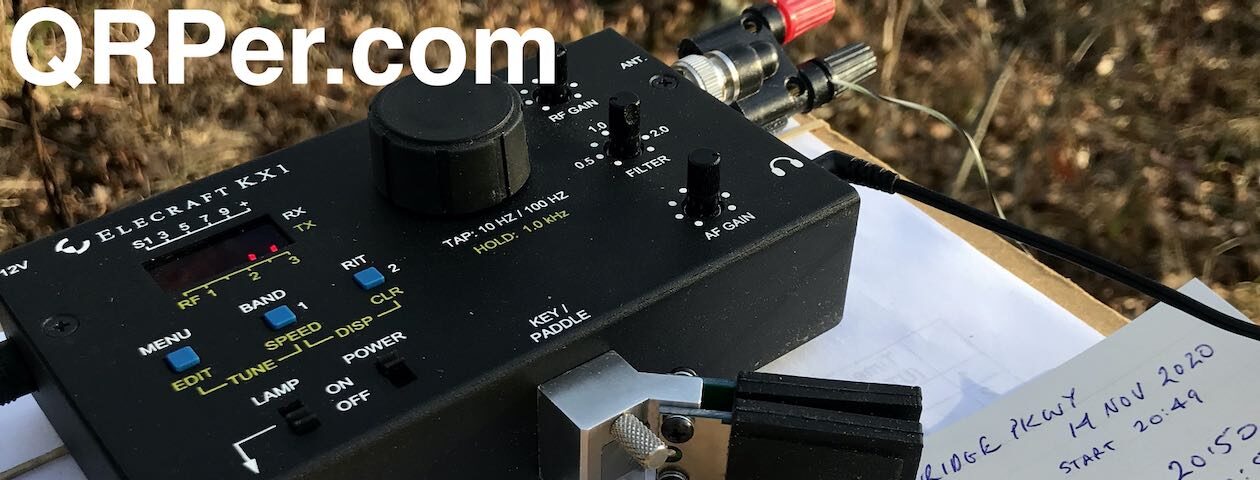 Once I started doing CW POTA activations in 2020, there really was no going back.
Once I started doing CW POTA activations in 2020, there really was no going back.
It’s hard to explain, but CW makes POTA and SOTA activations so much easier, in my opinion.
I’m sure many who’ve ventured down the path of CW understand. I know devoted SSB operators who started doing CW in the field and pretty much permanently switched to CW. Indeed, that was me.
That said, I do like SSB as well and it has some positives over CW in terms of POTA.
For one thing, there are so many more SSB hunters out there (compared with CW); even on a slow POTA today, you can still amass large pileups. The cadence of SSB exchanges is also faster than that of POTA CW exchanges (which rarely exceed 20 WPM) so it’s easy to log two or even three times the number of contacts in the same amount of time.
In addition–let’s face it–it’s also fun hearing another operator’s voice on the other end.
Many readers have been asking me to do more SSB activations and I’ve been meaning to. Truth is, though, the majority of my field radios are CW-only, so when I have them in tow, SSB simply isn’t an option.
Tuttle Educational State Forest (K-4861)
 On Thursday, November 17, 2022, I stopped by Tuttle Educational State Forest for a short hike and, of course, an activation.
On Thursday, November 17, 2022, I stopped by Tuttle Educational State Forest for a short hike and, of course, an activation.
It was during my hike that I came up with the idea to do a five watt SSB activation. I quickly realized, though, that the only radio in my car with SSB capabilities was the Elecraft KX2, but I didn’t have a hand mic or headset packed!
Fortunately, the KX2 has a built-in microphone for SSB. It’s not as ideal as my Elecraft/Heil Pro Set, nor even the basic Elecraft hand mic, but it works, so I thought it might be fun to do an entire SSB activation only using the KX2 internal microphone!
Setting up
 There’s not a lot to set up when using a KX2; the radio has an internal battery, internal ATU, and since I was using the internal mic, all I needed was an antenna and some feed line.
There’s not a lot to set up when using a KX2; the radio has an internal battery, internal ATU, and since I was using the internal mic, all I needed was an antenna and some feed line.
 I chose the KM4ACK 40 meter end-fed half-wave that I built from a kit many moons ago. I hadn’t deployed this particular antenna in the field in ages–it’s a good one, though! Continue reading A QRP SSB POTA activation using only the Elecraft KX2’s internal microphone!
I chose the KM4ACK 40 meter end-fed half-wave that I built from a kit many moons ago. I hadn’t deployed this particular antenna in the field in ages–it’s a good one, though! Continue reading A QRP SSB POTA activation using only the Elecraft KX2’s internal microphone!







































